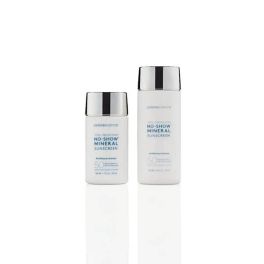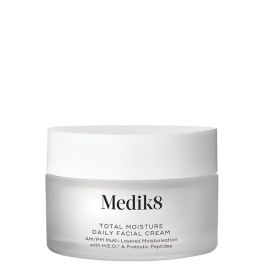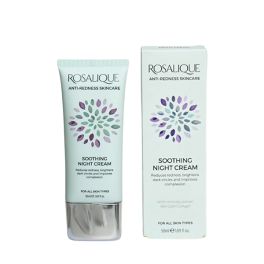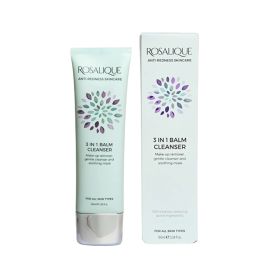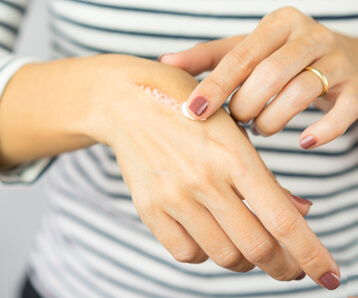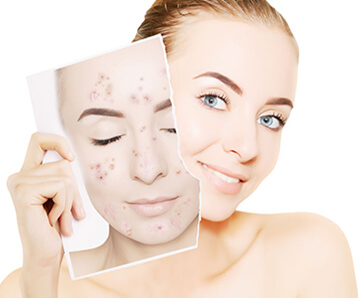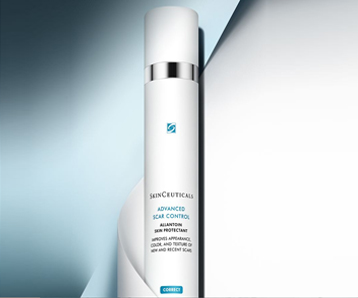The best treatment for scars Posted on 14 Feb 2017
Very few products for scar reduction sold over the counter have actually been clinically proven to make a difference to scars (such as Bio-Oil, Vitamin E, cocoa butter etc.)
Silicone is considered the gold standard ingredient in scar healing. In fact, silicone has been used for more than three decades to treat stubborn and unwanted scarring.
Silicone is the medically proven treatment for scars, it helps to reduce the redness of scars, flatten scars and minimise the pain, itchiness and appearance.
It's used and recommended by plastic surgeons, leading specialists worldwide and the NHS, to effectively reduce scarring.
It works for many types of scars old and new, including keloid, hypertrophic, acne scars, surgery scars and scars from burns, cuts, and other injuries.
PHASE 1
When you get a cut or have some sort of surgery, it takes time for the wound to heal and the scar to form. After a wound closes, excessive water loss occurs for up to two years so that the skin has time to reform itself.
PHASE 2
As your skin attempts to heal itself, it starts to dehydrate which tells the cells in your skin to produce collagen. The more water loss that occurs, the more excess collagen is produced.
PHASE 3
When too much collagen is formed, it causes raised scarring. The collagen is trying to thicken that part of the skin to reduce water loss. If left untreated, the thickened section will form a keloid scar.
PHASE 4
Why is silicone good for scarring?
Silicone scar gel dries to form a sheet; this silicone gel sheet layer is gas permeable, flexible and waterproof. This forms a bond with the stratum corneum (the outer layer of dead skin cells) forming a protective barrier against chemical, physical and microbial invasion of the scar site while assisting with hydration. This creates an environment that allows the scar to mature through normalised collagen synthesis cycles and improves the physiological and cosmetic appearance of the scar.
When should I start putting silicone gel or silicone sheeting on my skin?
You can begin treating your scar immediately after surgery or injury. Some people may wish to wait a week or two to begin using silicone sheeting. since you should never apply anything to the scar until your wound is fully healed. Newer scars tend to heal better when treated with silicone immediately because they have not fully begun the healing process, meaning the collagen overproduction has not yet occurred.
Silicone is, without doubt, the most important thing to look out for in your scar removal product whether it’s a silicone gel or silicone sheet you opt for.
We stock a range of silicone scar management brands including, DermaTix Curascar, Bapscarcare , ProSil and Kelo-Cote.













